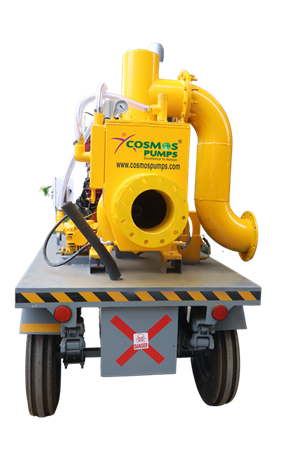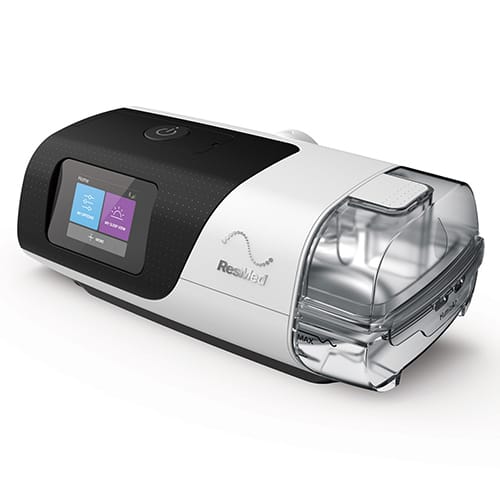In solving the complex water problems related to industrial, construction and municipal projects, it is essential to select the proper drainage vacuum pump to make sure it is efficient and does not create expensive delays. The right pump will ensure sites remain dry, safe, and operational, whether it is flood control or dewatering of a mining pit. This blog talks about the factors that one would need to consider before making a well-informed decision that matches the needs of your project.
We will look at what is most important in terms of flow rates and power sources, as well as customisation to get the job done right.
Know Your Flow Rates Requirement
The amount of water that a drainage vacuum pump can move depends on the flow rate expressed in litres per minute (LPM). Where the workload is large, such as construction site drainage, industrial wastewater management, pumps with capacities of up to 10,000 LPM are preferred.
Excessive underestimation of flow requirements results in bottlenecks, whereas large pumps are wasteful. Begin by measuring the rate of water accumulation on your site. Use past data or a survey to estimate the amount of water.
Compare the Head to Your Site
Head is measured in meters, which denotes the maximum height of water that a drainage vacuum pump can lift against gravity. Deep pumping, such as in quarry dewatering or tunnel work, requires a pump with a head of up to 90 meters.
Calculate the total dynamic head, factoring in vertical lift and pipe friction losses, to avoid underperformance.
Select the Appropriate Materials in Strength
The choice of materials will influence the life of a pump, especially during extreme conditions. Cast iron is durable and can be used in specific applications, whereas stainless steel is tough and can withstand corrosion in salty or chemical-laden environments. Aluminium is lightweight and thus portable.
When dealing with muddy or solid water on your site, it is best to use a drainage suction pump with strong vacuum seals to avoid clogs, such as mechanical or double TC. Corrosion-resistant, energy-saving designs also reduce power expenses and are a brilliant long-term investment.
Electric and Diesel: Choose the Correct Power Source
The choice of your power source, being electric or diesel, depends on the site logistics. Electric drain vacuum pumps have motor power between 1.5 and 100 HP and 50/60 Hz compatibility, making them low-noise and maintenance-free, and are suited to urban environments.
Diesel pumps perform well in remote locations, such as in the mines, which are portable and reliable in times of power failure. But diesel will be associated with fuel expenses and pollutants, and thus, environmental regulations and location access should be abided by.
Adapt to Special Site Needs
Each location presents its own challenges, and off-the-shelf solutions might not be enough. The drainage vacuum pumps are custom-made to meet specific requirements, including light-duty and heavy-duty types in relation to minor and extreme conditions, respectively. Such characteristics as customised seals or mixtures of materials guarantee the best performance in niche applications.
Choose the Right Way
Choosing the appropriate drainage vacuum pump is simply a matter of knowing the flow rate, head, material requirements, source of power, and personalisation options. When it comes to high-quality solutions that have a worldwide reputation, Cosmos Pumps is able to provide industrial-grade drainage pumps manufactured in India and of international quality.
Get in touch with us now at https://cosmospumps.com/drainage-pump/ to get a tailor-made quote or a brochure!







0 Comments